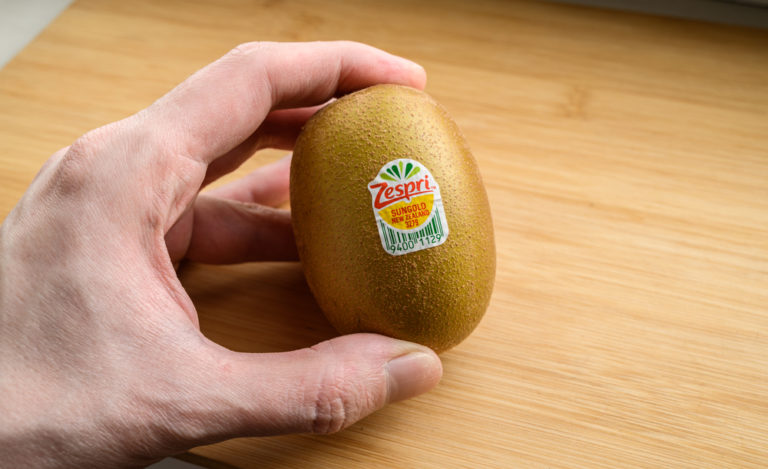People say to eat more fish everywhere you look, but it seems with every benefit, there are warnings, such as high mercury levels in tuna and PCBs in farm-raised fish.
Considering all of these contradictory messages, how are you supposed to know which fish are okay to consume and which are not? And with half of the world’s seafood now coming from fish farms, how does what you eat impact the environment? To help you answer these questions, Dr. Nandi’s here to tell you everything you need to know about farm-raised versus wild-caught fish.
Farm-Raised Fish
Fisheries in the United States are heavily regulated. Genetically engineered fish are not allowed for human consumption. However, these rules are not as rigorous as in the United States or other nations. Several chemicals and nutrients can be added to farm-raised fish, resulting in high concentrations of PCBs, possibly carcinogenic diseases. Feeding foreign fish grains and soy combined with poultry or mammalian waste causes their nutrient levels to drop.
In both the United States and abroad, fish are often injected with pigments that give them a pinkish hue to make them look appetizing. Aquaculture, the process of farming fish, also damages local ecosystems by polluting nearby waters and threatening local flora and fauna. The tanks are often overcrowded, and disease spreads rapidly. Worse, each year, millions of captive, farm-bred fish escape into the oceans and seas, compromising wild fish with diseases and weakening the gene pool by breeding with natives. Fish farms also pollute the ocean floor with leftover food scraps and debris. This rotting food promotes algae growth, which consumes oxygen and threatens the world’s coral reefs.
Not everything about farm-raised fish is terrible, however. Although the omega-3 fatty acids are depleted in much farm-raised fish, some captive fish, including the Atlantic salmon, have higher omega-3 fatty acids than their wild-caught counterparts. Also, farm-raised fish are less impacted by mercury, making them safer for consumption.
Wild-Caught Fish
Though all the preceding information about farm-raised fish may make you believe that wild is the way to go, that isn’t necessarily the case. Swordfish, tuna, sharks, and other large fish that are caught in the wild have high levels of mercury. And since many wild-caught fish tend to be at the top of their food chain, catching them impacts the environment more than farm-raised fish such as tilapia, salmon, carp, and catfish. Also, keep in mind that some of the harvesting techniques that companies use to catch these fish hurt the ecosystem and other fish and marine life that get in the way.
Ultimately, there is no straight answer when it comes to which is best – farm-raised or wild-caught fish – but wild-caught fish tend to be the safer bet. If you’re concerned about your diet’s environmental impact of toxins in your food, some species of farm-raised fish may be better than those caught in the wild and vice versa. Be your health hero and stay on top of issues related to fish farming, harvesting, toxin levels, and more by following Monterey Bay Aquarium’s Seafood Watch Program.
Partha’s Rx
- Fish are one of the best sources of omega-3 fatty acids, so you should eat at least two servings per week;
- Eating fish while pregnant may increase the baby’s health and intelligence;
- Increasing fish intake reduces the risk of heart disease and dementia, including Alzheimer’s disease;
- Be aware of where your fish is raised and what practices are used;
- Opting for smaller fish is more sustainable, and they contain less mercury.



















